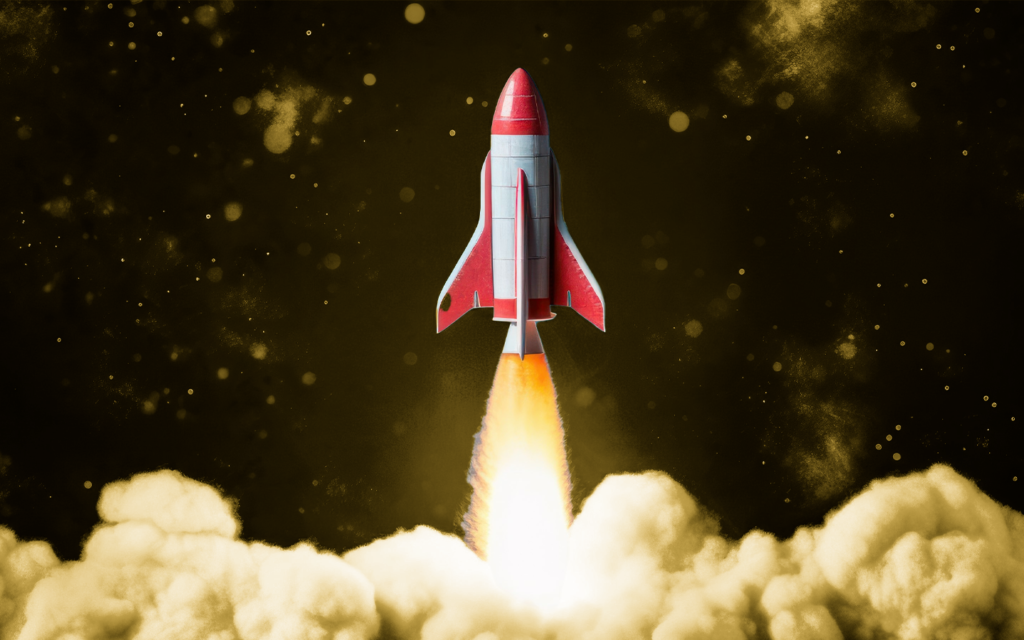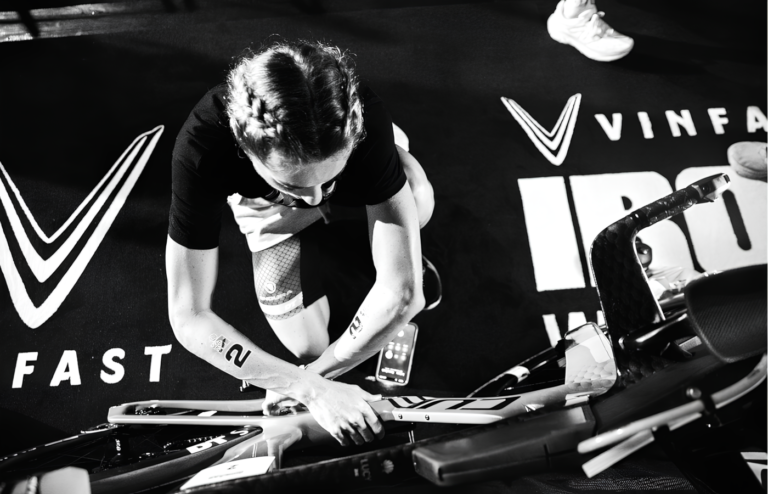If you’ve ever found yourself down a space-centric TikTok wormhole, gazing at glistening stars littered amongst far-flung planets—you’re not alone.
Find some footage more likely to deliver a perspective-wielding flash of awe. We’ll wait.
Beginning at Earth, the focus zooms out and out, and out some more, then a bit more. Eventually, you realize the sheer scale of the universe. A dark abyss we will likely never understand, never mind explore.
That hasn’t stopped humanity’s curiosity and natural desire, which has been hardwired since the dawn of civilization. A terrier mutt plucked from the frosty streets of Moscow paved the way for space travel in 1957, fellow Russian Yri A. Gagarin followed soon after, and then the United States sent Neil Armstrong and Buzz Aldrin to the moon in 1969.
As of May 2022, 622 people have taken one of the world’s most precarious rides, a 62-mile vertical slingshot traveling at 4.9 miles per second, ending at the Kármán line, generally accepted as the place where outer Space begins.
An average of eight people make the trip yearly, but that number could rise dramatically should Richard Branson’s master plan to commercialize space travel fulfill its earth-shattering potential. In the words of Virgin Galactic, it’s “turning the impossible into the inevitable.”

Founded in 2004, around 800 wannabe astronauts have been forced to watch re-runs of Interstellar during a decade-long wait, their guaranteed seat the subject of rigorous test flights and meticulous research.
Unlike traditional spacecraft, paying passengers will rise above the Earth in a rocket-propelled space plane, which detaches from a larger aircraft when an altitude of 49,000 feet is reached, before gliding home on the return leg of the trip and using aerodynamic drag to come to a halt during re-entry.
Doubts remain about Virgin Galactic’s mission. Safety concerns aside, significant capital needs to be raised, technology tweaked, and competition tackled.
Blue Origin, founded by Jeff Bezos, has had 22 successful consecutive missions aboard its New Shephard rocket, fully exploiting Virgin Galactic’s damaging delays. Currently, they’re lightyears ahead in the space tourism race, but for how long?
Looking for your next big adventure? If you’ve got a spare $450K, book your seat on the future of travel.
I mean, as Fred Hoyle said: “Space isn’t remote at all. It’s only an hour’s drive away if your car could go straight upwards.”






